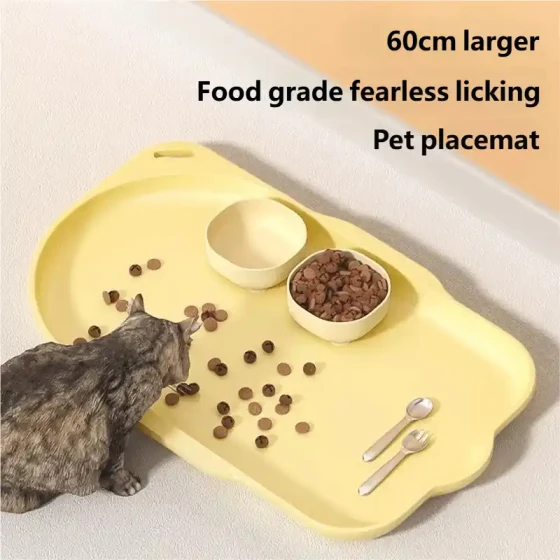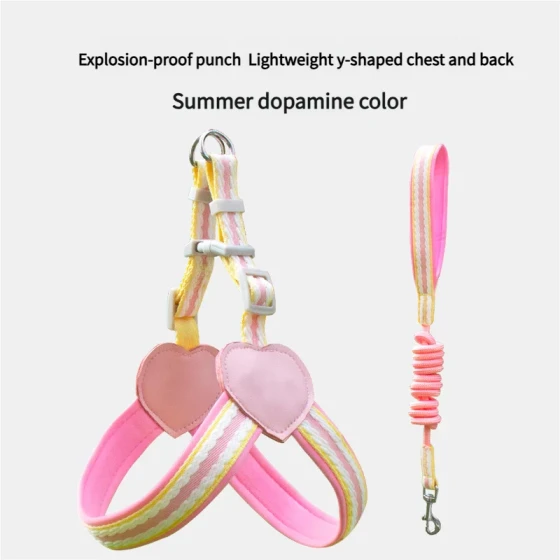How to Choose Dog Food

Dogs
How to Choose Dog Food?
There are many varieties of dog food on the market, but more choices often make it more difficult. What kind of dog food should your dog eat? Many dog owners may also feel confused. For most pet owners, safety, health, and deliciousness are the standards for selecting dog food.
1. The Order of Dog Food Ingredients Matters
Many dog foods have different flavors, such as "beef flavor," "chicken flavor," etc. In professional pet foods, the ingredient list is arranged in descending order by weight. If chicken is ranked first on the label, it indicates that chicken is the main ingredient and its content is higher than other raw materials. Therefore, when purchasing, be sure to pay attention to the proportion of ingredients listed. If a dog food says "chicken flavor" on the front, but chicken is not listed first in the ingredient proportions on the back of the package, it means the chicken content is not very high.
Dogs with sensitive skin can choose dog food high in chicken content, such as chicken and rice flavor, which typically has less irritation and does not cause allergies; while muscular dogs can choose dog food high in beef content to enhance strength.
2. Meat Ingredients Can Be Identified
Meat is the main raw material in dog food. Although every brand of dog food indicates it contains meat ingredients, there are still differences.
To distinguish the "purity" of dog food, you can do a small test: first prepare several brands of dog food, several bowls filled with water, and a microwave; then soak each dog food in water in the bowls and heat them in the microwave for two minutes; after heating, open the microwave door and you can notice that some dog foods emit a meaty aroma. People with a good sense of smell may even tell whether it is beef or chicken aroma, but some dog foods’ meat smell is not pure, and some are even pungent.
Through this small test, you can accurately select the food your dog likes.
Food emphasizes color, aroma, and taste, and dog food is no exception. Usually, dog food comes in green, yellow, red, and other colors, some of which come from natural pigments while others are artificial pigments. Try to select dog food without dyes. Natural pigments are acceptable. Whether the pigments in dog food are natural can be checked by observing the color of the dog's stool.
3. Recognize Dog Food by English Labels
The raw material list should contain at least one kind of fresh meat, preferably human-grade. Pay special attention when reading this, for example, chicken means chicken meat, while chickenmeal is chicken meat meal. Some dealers deliberately mistranslate meatmeal as meat to confuse the quality difference. Meatmeal is dried animal tissue after oil extraction, fundamentally different from fresh meat.
Avoid dog food whose raw materials are vaguely described because it indicates unstable or unknown sources. According to the American Feed Control Officials standards, the highest grades are Meat (pure meat) and Poultry (poultry meat), followed by MeatMeal (meat meal) and PoultryMeal (poultry meal).
When choosing, the first ingredient must be MeatMeal or PoultryMeal level or above, not grains, since meat provides much more protein than grains. If dog food contains meat by-products (By-product), do not consider it; this may be scraps.
4. Pay Attention to Bulk Dog Food
Many people choose bulk dog food because it is cheaper. But there are some tips when buying bulk dog food.
First, do not buy too much bulk dog food at once. Consider that dog food must be fresh for the dog to stay healthy. Bulk dog food has no packaging, so its production date cannot be confirmed. Also, during sales, dog food is often exposed to air, accelerating spoilage. Thus, it is recommended to buy in small amounts frequently and pay attention to the odor and glossiness of the dog food when buying.
Second, pay attention to the container. Many small stores randomly use bags or large barrels to hold dog food, with poor sealing and unsanitary conditions. Professional bulk containers with strong sealing can keep bulk dog food fresher.
Additional Tips:
1. High-quality dog food pellets are full, dark, and evenly colored, with a glossy texture from inside out. Most low-quality dog foods have uneven pellets, lighter and uneven colors, appearing dry. Some manufacturers even apply oils and pigments on the surface to make them look better.
2. Good quality dog food emits a natural aroma when opened, stimulating appetite. Low-quality dog food often uses chemical additives and has a pungent smell, such as strong artificial fragrance.



